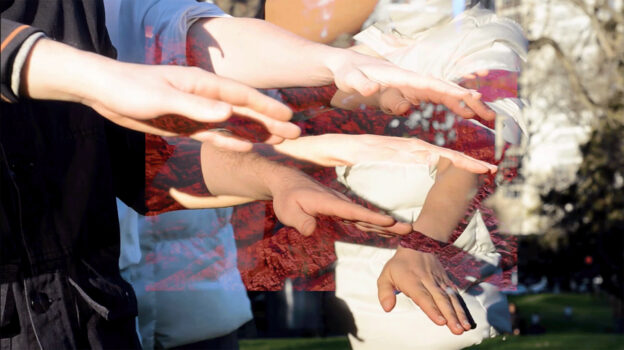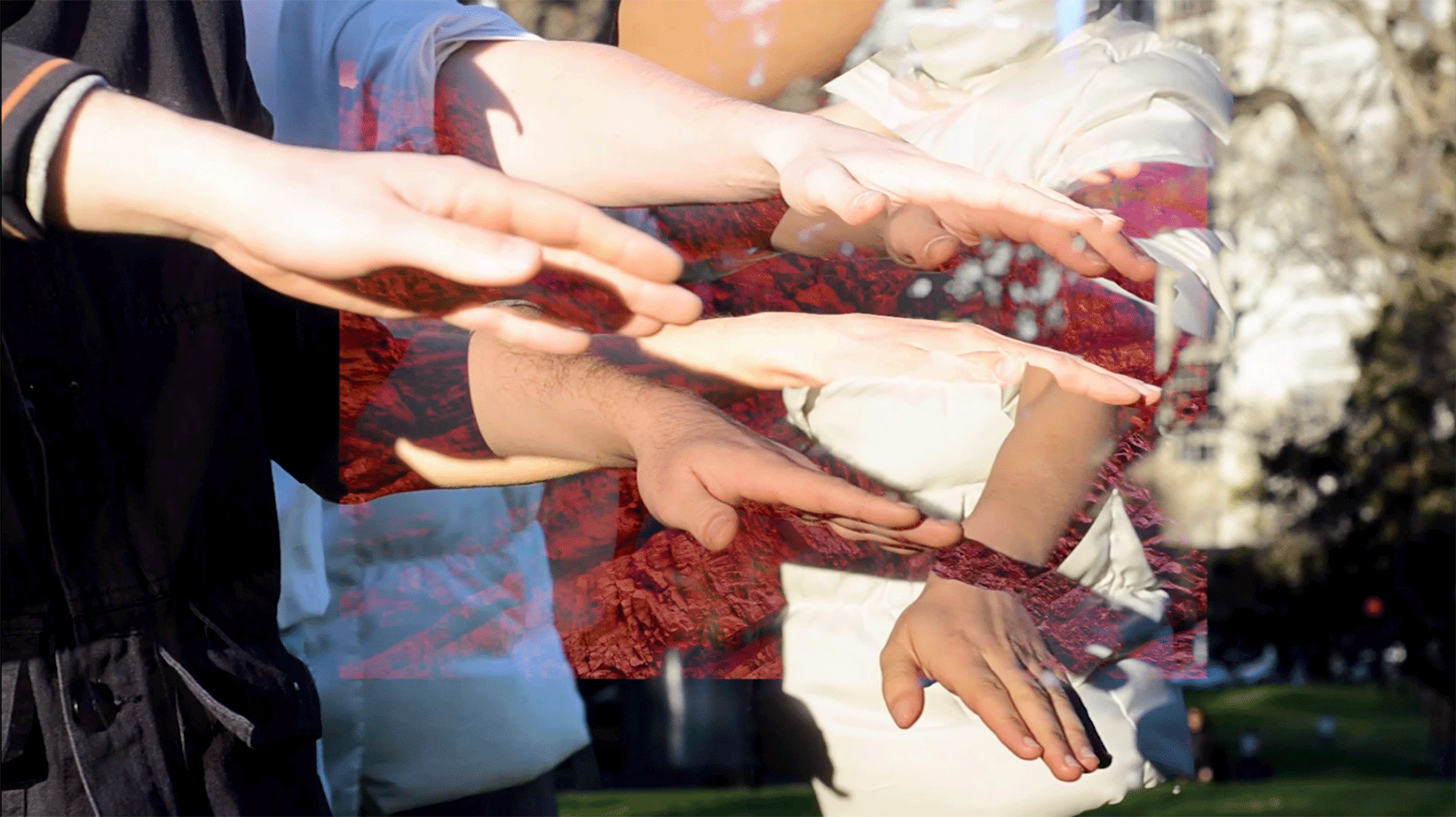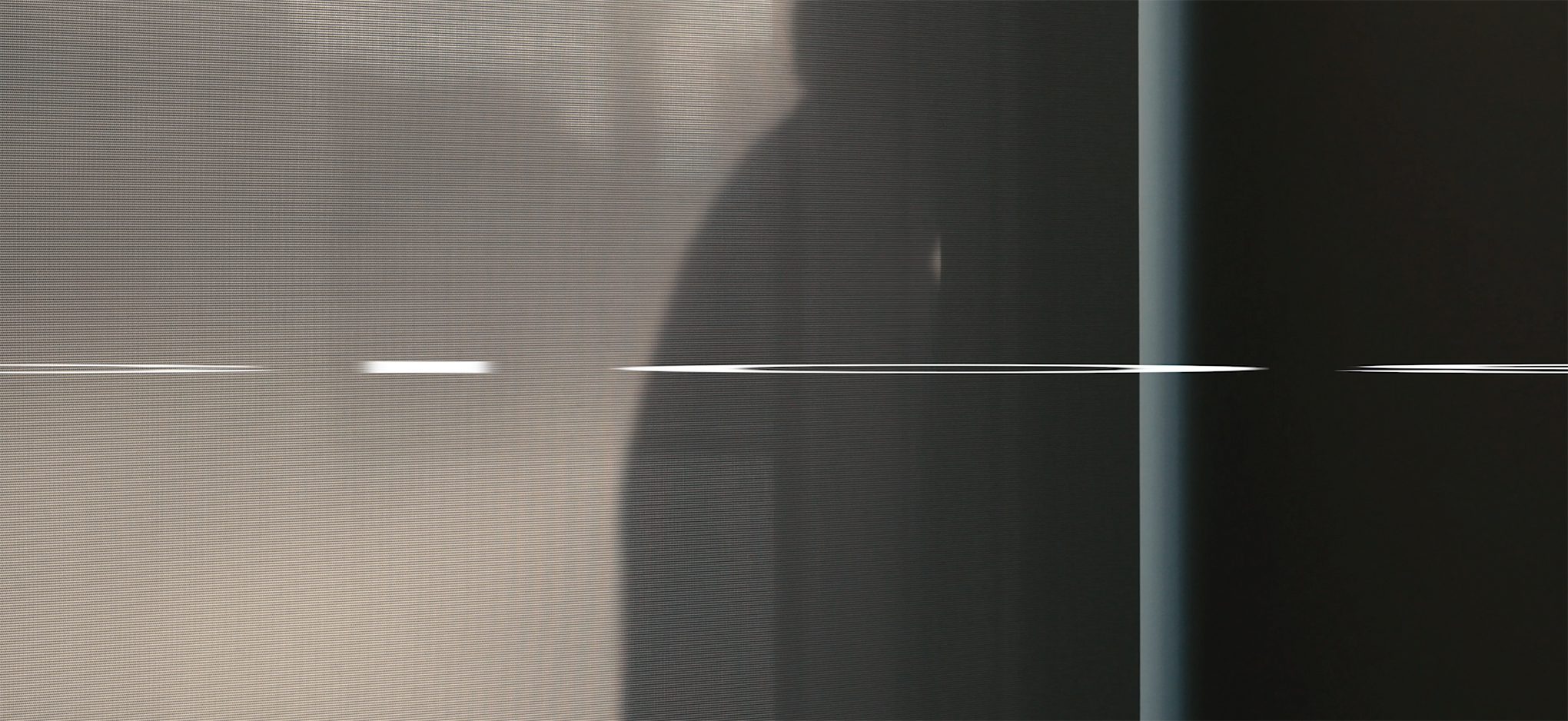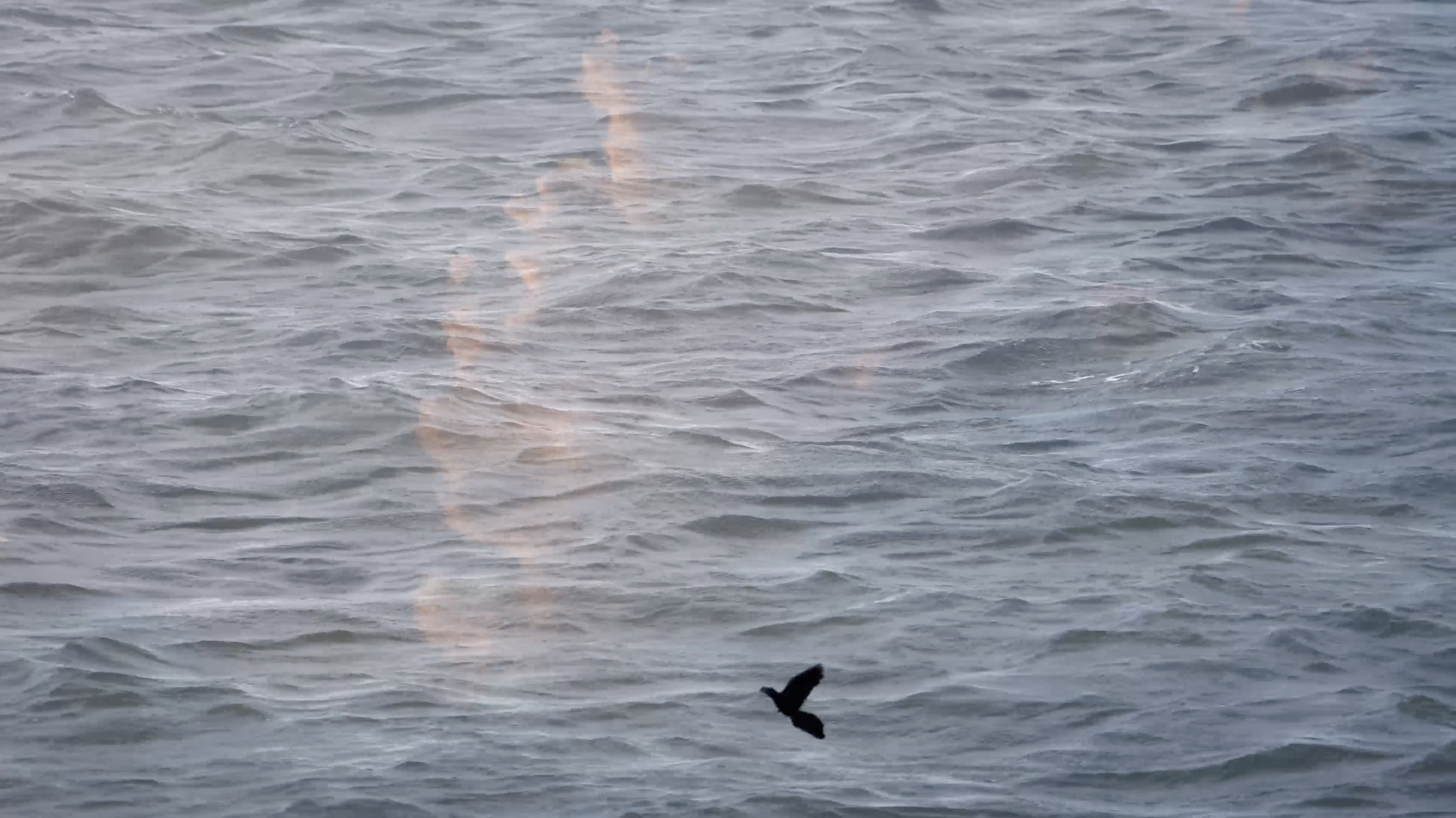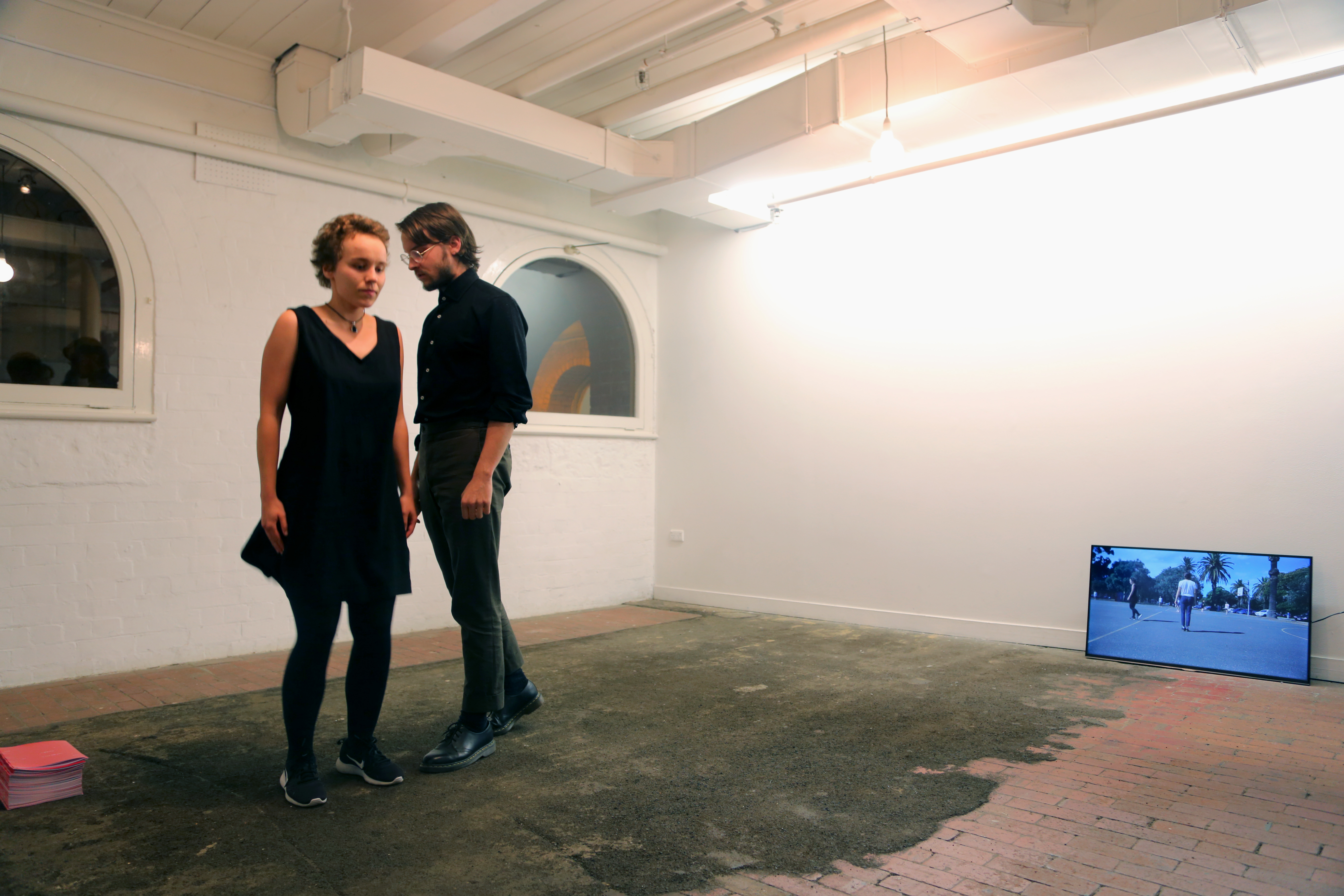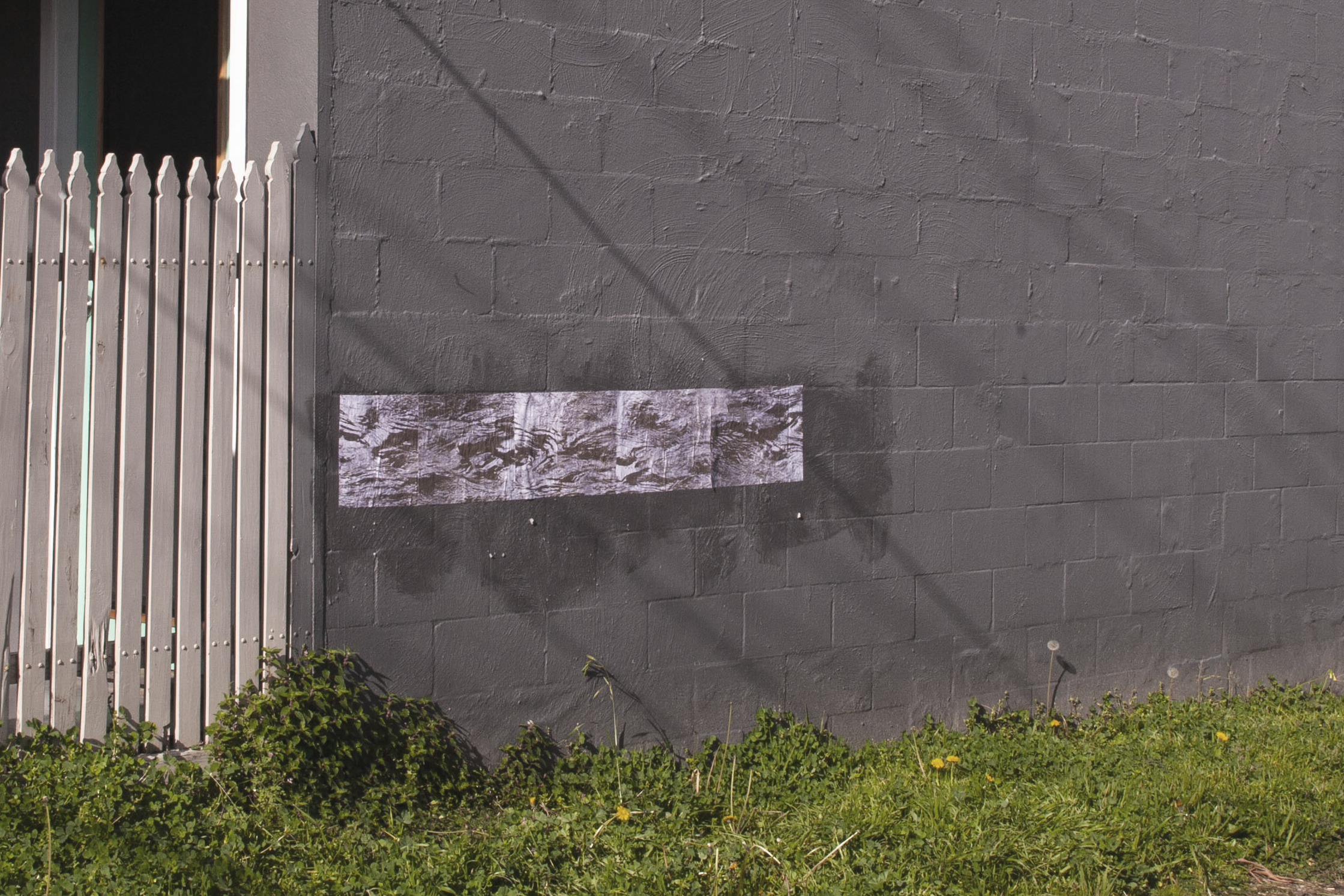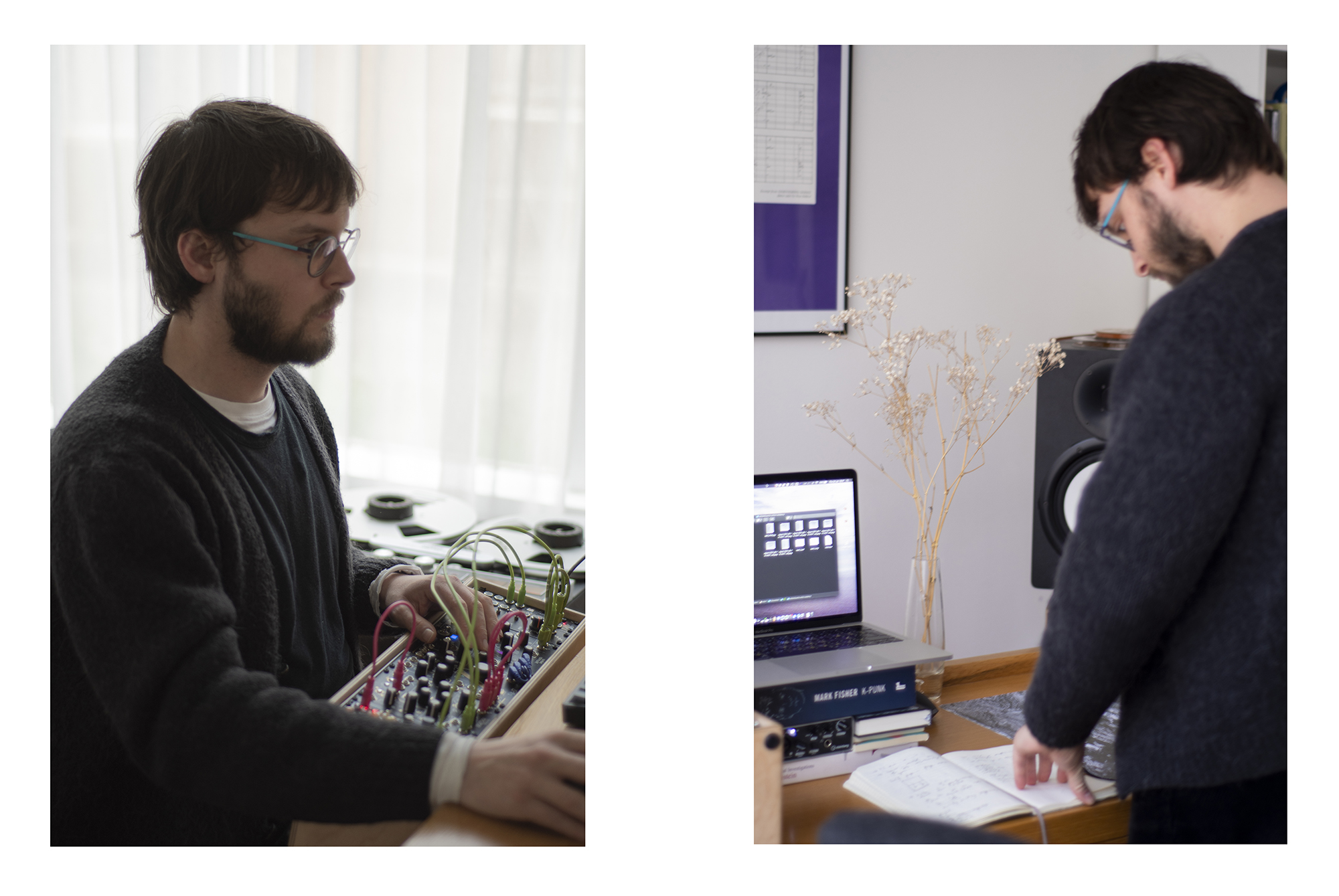Australian artist Eitan Ritz‘s work draws these threads – body, language and sound – together to explore what locates and dis-locates his sense of home. He focuses on the way our language and gestures are subconscious embodiments of the spaces around us. He looks to explore the body’s situatedness within both an abstract space and a historically contingent landscape.
His interests center around how we foment a sense of home through the daily circadian rhythms. Seeing the body as the site of these processes, he looks to explore its potential for action, sound and movement. Ritz is an artist, dancer and composer exploring bodies and space as sites of congealment.
Our Remote Culture Journalism Intern Victoria Nabulime had a conversation with him.
Eitan plays with happenstance
Victoria: How do you balance being an artist, dancer and composer at the same time?
Eitan: I see myself as a multidisciplinary artist so it’s less about balancing for me. I rather see all possibilities available to explore. What’s important for me is what I am trying to achieve with the work. I might not know this sometimes but then it’s about my instinct towards the piece that draws me in. I feel I can access all different media and modes of expression. Therefore I am free to explore and make what I feel without limitations.
Victoria: How do you ensure you stay strong and fit enough to perform?
Eitan: Lately I haven’t been. Although when I am dancing or performing a lot then it is important to be practicing and moving every day, which builds muscle memory and strength. Which reminds me I should actually find that routine again!
Victoria: Describe the best performance you’ve ever put on. What did you learn from it?
Eitan: My favorite performance recently was playing with a jazz trio. We have been doing one in the past few months. It was one of those performances where everything went smoothly and seamlessly. Although I think it was my favorite in light of my struggles with other performances with this trio, where I thought it hadn’t gone so well. However, it is in those struggles and frustrations where I learnt the most about performance and myself.
As much as these performances hadn’t gone as planned they actually taught me how to perform and respond when things don’t go right.
It taught me how to play with my expectations and be open to all possibilities that might arise in the moment. The performances which then finally went “right” were a result of perceived failures from before. This motivated me to keep practicing and also to be open and solid in my own playing and ability.
images supplied by artist
Victoria: What are the most important traits a dancer should have?
Eitan: If I’m honest I couldn’t possibly answer this as I don’t see myself as a traditional dancer. They are incredible and have so many amazing traits. What is important for me personally when I’m dancing is to be open to all possibilities and consider what my body can and cannot do. This was one of the important lessons I learnt when studying Noa Eshkol’s dance suites and the Eshkol-Wachmann movement notation. You have to be aware of the body’s limitations.
Victoria: What would you consider to be the most challenging aspect of composing?
Eitan: I think it is knowing when the work is finished. I often end up going over and over the same piece obsessively. Months or years later I’m thinking “oh, I could just add something else here, this might be exactly what it needs”. Sometimes there is a feeling that you get when listening or watching back something you’ve made and believing that it is finished. I think I need to trust that instinct. I could spend an infinite lifetime “touching up” a work. Another thing to add is that sometimes that process of overworking a piece can suck the life and everything out of the work. In the end you can’t finish it because you can’t look at it anymore.
Victoria: Can you tell me a bit about how you compose a new piece?
Eitan: As I mentioned earlier it really depends on what I want to make or what I am drawn to with the piece. At the moment though, a friend lent me his reel-to-reel tape machine and I found on the old tapes some ghostly vocals which feel as if they have been trapped in the machine for many years. For some new work I want to make for this residency I think I am going to start working with these. From there it is just a matter of playing, capturing my own imagination and maintaining that inspiration to keep building on to it. something usually comes of it.
written by Victoria Nabulime
Eitan Ritz is currently taking part in our Online Residency Program. Find out more about his work through his website.
blauverschiebung performance festival no.14
Galerie KUB
16-25 July
CLOSENESS
Eitan will be performing via livestream
18 July 4PM-5PM
18 Kantstrasse
04275 Leipzig
and on Zoom

